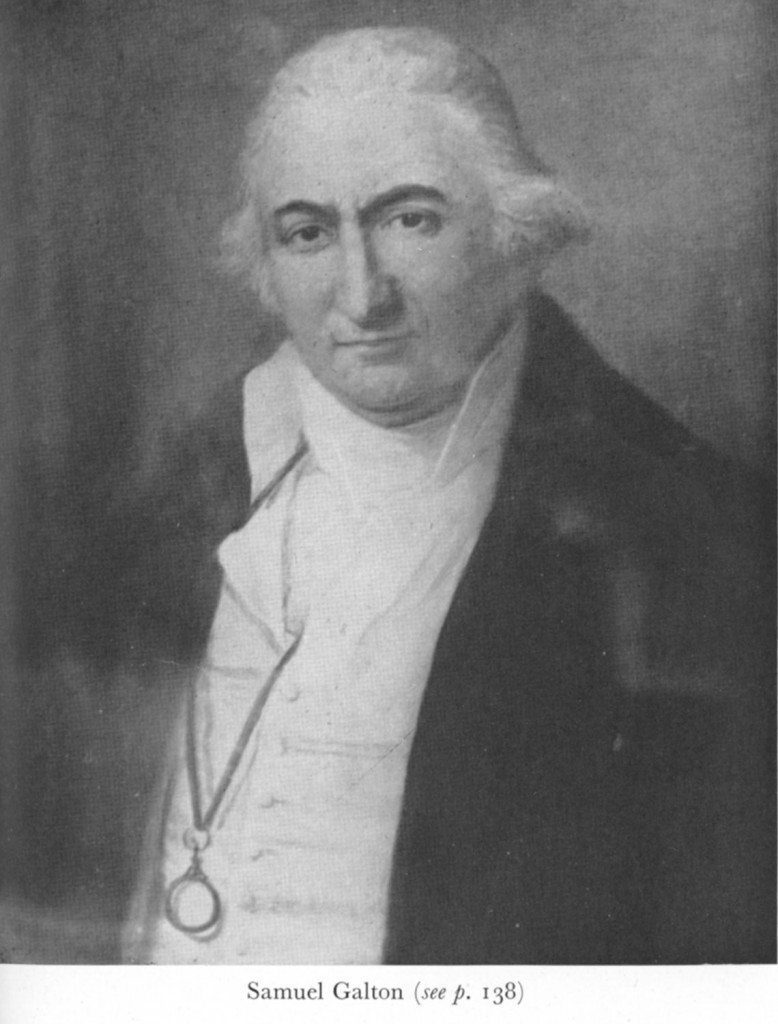The Lunar Society and Education
Image: Lunar Society member, Samuel Galton junior, who educated his daughter, Mary, according to Priestley’s ideas.
Image from: Local Studies and History, Birmingham Central Library
The concept was essentially male, but the Lunaticks extended such ideals to women too – perhaps as revolutionary a thought as any others they had. Richard Edgeworth’s second wife, Honora Sneyd, for example, was the inspiration for some of his educational methods. His eldest daughter Maria worked with him and became a famous author and educationalist in her own right. Both Richard and Maria wanted women to develop fully their powers of reasoning and judgement and thus included many illustrations of girls engaged in experiments and reasoning in their trilogy, Practical Education22. Erasmus Darwin, although more sentimental, agreed with such aims in his book on female education written for his own two illegitimate daughters who were establishing a school in spacious surroundings in Ashbourne in 1792. His attention to a healthy, stimulating educational diet for girls extended to taking older ones to see the modern wonders of the English world – the cotton, pottery, iron and other industries of the midlands and the north.23
Another Lunar member, the Quaker manufacturer and chemist, Samuel Galton junior, with his wife educated their daughter Mary in science, classics, languages, literature, history and modern politics, wood-carving, book-binding and model and chart making. Her later turn to evangelical religion led her to criticise this early education for its licence, its gender egalitarianism and its corrupting influences, particularly the over-reliance on human reason of her former friends the Unitarian Priestleys.24 Such a view was more typical of most in the early nineteenth century that those of the Lunar Society. The rational, useful, scientific, liberal, (middle-class) education they desired was revolutionary for its time and was hugely contested at a time of revolutionary and then national wars with France. This can be seen in the Birmingham experience in the nineteenth century.
22 Maria & R. L. Edgeworth, Practical Education 3 vols. (1801), I, pp. 179, 258-60, 272-3, 258; III, pp. 1-26, 48, 53-5, 229, 272, 279-80, 300, 311, 325-57.
23 Erasmus Darwin, A Plan for the Conduct of Female Education in Boarding Schools(Derby, 1797), passim.
24 Christina C. Hankin (ed.), The Life of Mary Anne Schimmelpennick (1858), passim.
Continue browsing this section
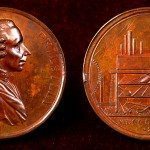 Joseph Priestley and his Influence on Education in Birmingham
Joseph Priestley and his Influence on Education in Birmingham
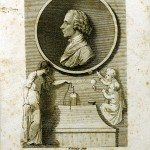 Priestley’s Educational Philosophy
Priestley’s Educational Philosophy
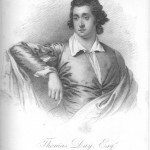 The Lunar Society and Education
The Lunar Society and Education
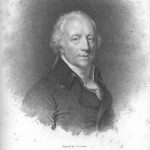 The Lunar Society and Education
The Lunar Society and Education
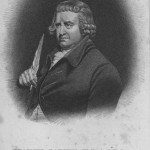 The Lunar Society and Education
The Lunar Society and Education
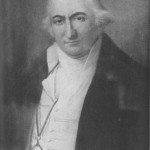 The Lunar Society and Education
The Lunar Society and Education
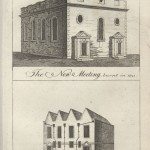 Birmingham: Priestley’s Educational Inheritance
Birmingham: Priestley’s Educational Inheritance
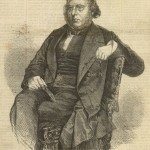 From Priestley to the Hills
From Priestley to the Hills
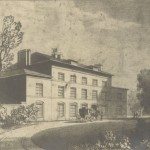 A “Modern” Education
A “Modern” Education
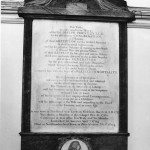 Liberalism and an Educative Society
Liberalism and an Educative Society
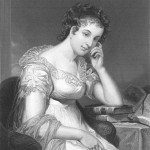 Women’s Education and Emancipation
Women’s Education and Emancipation



